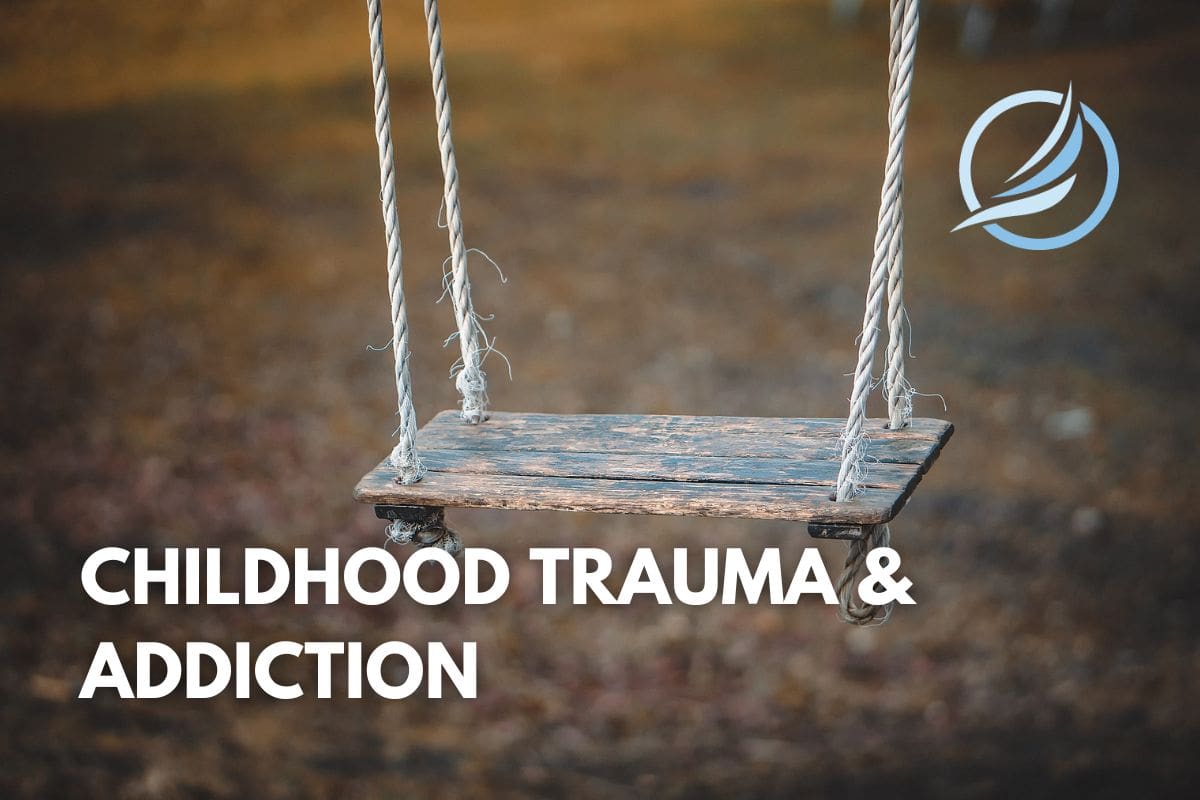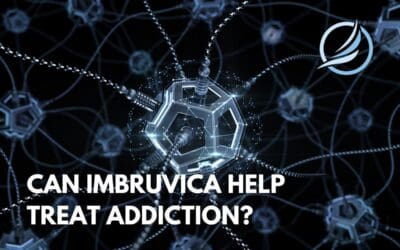Childhood trauma and substance addiction may not seem related at first, but research shows that people who experience childhood trauma are more likely to develop addiction later in life. The link between addiction and childhood trauma represents a complex interaction of psychological, neurobiological, and social factors. While we don’t fully understand this interaction, addressing it is crucial during treatment.
This article will explore the relationship between childhood trauma and addiction and provide alternatives for treating and managing its long-term consequences.
Defining Childhood Trauma
Childhood trauma refers to experiences that are emotionally painful or distressful, overwhelming a child’s ability to cope and leave lasting mental and physical effects. These adverse childhood experiences (ACEs) can be categorized into three main types:
Abuse:
- Physical Abuse: Any non-accidental physical injury inflicted upon a child.
- Emotional Abuse: Patterns of behavior that impair a child’s emotional development or sense of self-worth.
- Sexual Abuse: Any sexual activity with a child where consent cannot be given.
Neglect:
- Physical Neglect: Failure to provide for a child’s basic needs, such as food, shelter, or supervision
- Emotional Neglect: Failure to meet a child’s emotional needs, provide affection, or provide psychological care.
Household Dysfunction:
- Substance abuse by a household member.
- Mental illness in the household.
- Domestic violence.
- Criminal behavior or incarceration of a household member.
- Parental separation or divorce.
How Common Is Childhood Trauma?
The prevalence of ACEs is alarmingly high. Studies show that more than 60% of adults report experiencing at least one ACE, while approximately 17% report four or more ACEs. These experiences affect children across all socioeconomic backgrounds, though certain populations may be at higher risk due to systemic inequalities and lack of resources.
How Childhood Trauma Impacts Brain Development
Childhood trauma can have profound and lasting effects on brain development, particularly during critical periods of growth. Chronic stress and traumatic experiences can lead to significant alterations in brain structure and function, affecting multiple brain areas:
- Hypothalamic-Pituitary-Adrenal (HPA) Axis: The stress response system can become dysregulated due to repeated trauma, resulting in an overactive or underactive stress response. This makes it difficult for individuals to regulate their emotions and respond appropriately to stress later in life.
- Prefrontal Cortex: Trauma can interfere with the development of the prefrontal cortex, which is responsible for executive functions such as decision-making and impulse control. This can lead to problems with emotional regulation, attention, and behavior control.
- Hippocampus: Trauma can affect the hippocampus, which is crucial for memory formation and emotion regulation. This can result in difficulties in processing and storing memories and problems with emotional regulation.
- Amygdala: The amygdala, responsible for processing emotions, can become hyperactive due to trauma, potentially leading to heightened fear responses and further difficulties in emotion regulation.
- Reward System: Childhood trauma can alter the brain’s reward system, potentially increasing vulnerability to addiction. This alteration may result in heightened sensitivity to the rewarding effects of substances, making individuals more susceptible to developing substance use disorders.
The Link Between Trauma and Addiction
The relationship between childhood trauma and addiction in adulthood is complex and multifaceted. Individuals may use substances to cope with overwhelming emotions or traumatic memories, a concept known as the self-medication hypothesis. Trauma can also dysregulate the body’s stress response system, leading to difficulty in managing stress and potentially turning to substances as a means of external regulation.
Childhood trauma can interfere with the development of healthy coping mechanisms, leaving individuals vulnerable to substance use as a maladaptive coping strategy. Neurobiological changes due to trauma can increase susceptibility to these addictive behaviors.
Research consistently shows a strong correlation between ACEs and substance abuse, with individuals having high ACE scores being significantly more likely to report illicit drug use and addiction.
Overall, neurobiological changes born out of childhood trauma can have long-lasting effects, including an increased risk for mental health disorders such as depression, anxiety, and post-traumatic stress disorder (PTSD).
Signs and Symptoms of Trauma-Related Addiction
Recognizing trauma-related addiction involves understanding both the signs of substance abuse and the underlying trauma symptoms. Key indicators include:
Behavioral Signs
- Increased risk-taking behaviors.
- Social isolation or withdrawal from previously enjoyed activities.
- Difficulty maintaining relationships or employment.
- Impulsivity and poor decision-making.
- Engaging in illegal activities to obtain substances.
- Neglecting responsibilities and self-care.
Emotional and Psychological Symptoms
- Mood swings and irritability.
- Anxiety and hypervigilance.
- Depression and feelings of hopelessness.
- Flashbacks or intrusive thoughts related to traumatic experiences.
- Low self-esteem and negative self-talk.
- Difficulty trusting others.
- Shame and guilt.
Physical Symptoms
- Sleep disturbances (insomnia or nightmares).
- Changes in appetite and weight.
- Physical health problems related to substance use.
- Withdrawal symptoms when attempting to stop substance use.
Co-occurring Mental Health Disorders
- Post-Traumatic Stress Disorder (PTSD).
- Depression.
- Anxiety disorders.
- Eating disorders.
- Personality disorders.
It’s important to note that these symptoms can vary widely among individuals and may be influenced by factors such as the type and duration of trauma, the specific substances used, and individual resilience factors.
Trauma-Informed Addiction Treatment
Trauma-informed care is an approach to addiction treatment that recognizes the widespread impact of trauma and explores potential paths for recovery that address these underlying traumas. Key principles include:
- Safety: Creating a physically and emotionally safe patient environment and ensuring clear boundaries and consistent routines.
- Trustworthiness and Transparency: Building open and honest relationships between providers and patients by clearly communicating treatment plans and expectations.
- Peer Support: Incorporating peer support services and group therapy to foster connection and reduce isolation.
- Collaboration and Mutuality: Sharing decision-making between providers and patients.
- Empowerment, voice, and choice: Focus on patient strengths and resilience, provide options and respect patient preferences in treatment.
- Cultural, Historical, and Gender Issues: Recognizing and addressing the cultural and historical contexts that impact clients and providing gender-responsive services like support for pregnant women and mothers.
Effective Treatment Methods for Addiction Associated With Childhood Trauma
The following therapeutic modalities, mainly when used within the framework of trauma-informed treatment, can be very effective:
- Cognitive-behavioral therapy (CBT): Helps individuals identify and change negative thought patterns and behaviors.
- Eye Movement Desensitization and Reprocessing (EMDR): A psychotherapy treatment designed to alleviate the distress associated with traumatic memories.
- Dialectical Behavior Therapy (DBT): Teaches skills for emotional regulation, distress tolerance, and interpersonal effectiveness.
- Mindfulness-Based Relapse Prevention: Incorporates mindfulness practices to help prevent relapse and manage cravings.
- Medication-Assisted Treatment (MAT): When appropriate, medications may be used in combination with therapy to address both addiction and co-occurring mental health disorders.
Prevention and Early Intervention
Preventing trauma-related addiction involves a multifaceted approach that addresses both the prevention of childhood trauma and early intervention for those who have experienced trauma. Key strategies include:
- Early Detection and Intervention: Implementing screening tools for ACEs in healthcare and educational settings while providing early mental health support for children who have experienced trauma.
- Building Resilience: Promoting programs that improve children’s emotional intelligence and coping skills and foster supportive relationships between children and caring adults.
- Parent and Caregiver Education: Providing resources and support for families experiencing stress or hardship.
- School-Based Programs: Implementing trauma-informed practices in schools.
- Community-Based Prevention: Developing community programs that strengthen family connections, such as after-school programs for at-risk youth.
- Policy Initiatives: Advocating for policies that support families and protect children from abuse and neglect.
- Public Awareness: Educating the public about ACEs and their long-term impacts and reducing stigma around seeking help for mental health and substance use issues.
Understanding the Connection Between Childhood Trauma and Addiction Is Crucial for Recovery
The connection between childhood trauma and adult addiction is complex, but research shows that people with childhood trauma are significantly more likely to develop substance use disorders. Understanding this relationship is crucial for developing effective prevention strategies and treatment approaches.
By addressing underlying trauma and implementing trauma-informed care, we can better support individuals in their recovery from addiction and improve overall mental health outcomes. Continuing research in this area and promoting awareness of the long-term impacts of childhood trauma on substance abuse risk is essential.


































